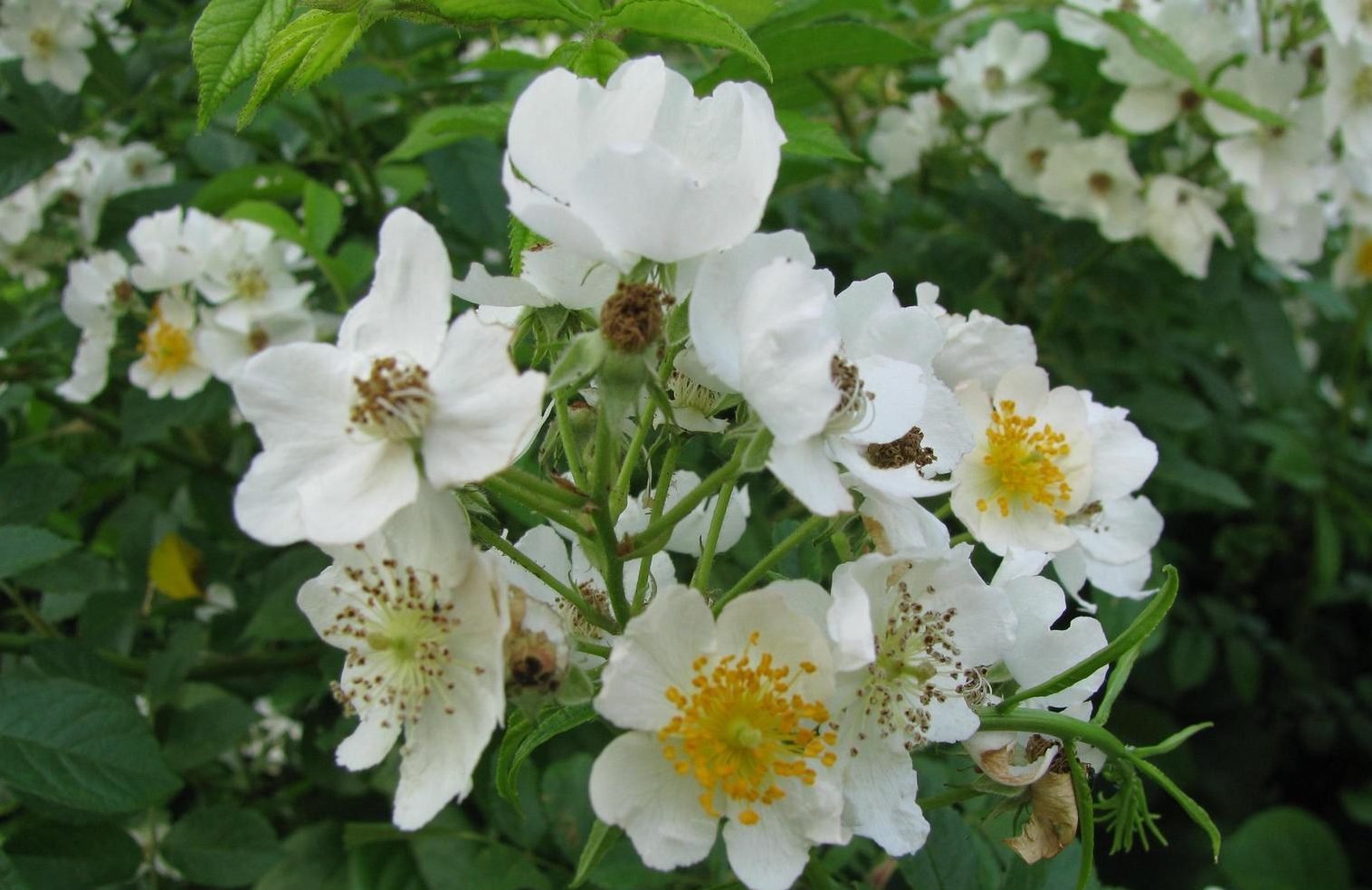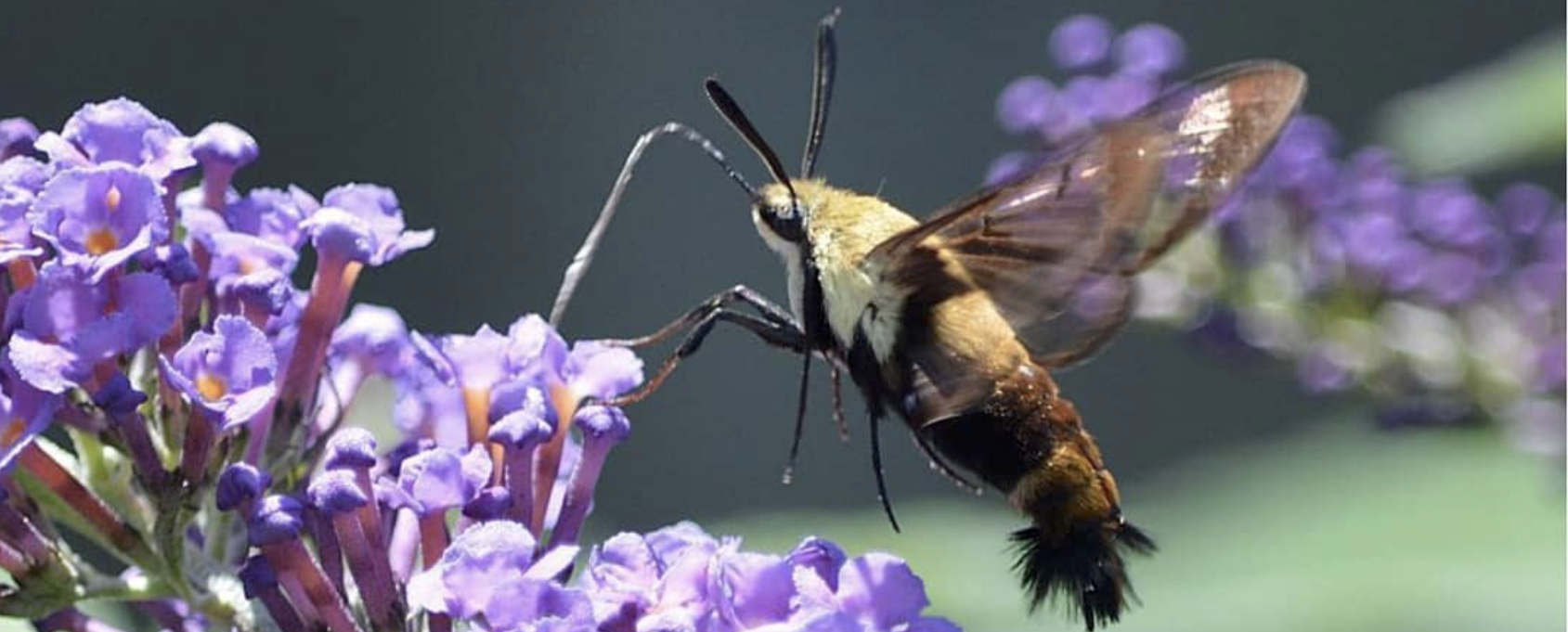Residential Invasive Species Removal Guide
Everyday citizens can be at the forefront of reducing the negative impacts of invasive species on Indianapolis’ natural areas and waterways when armed with good information and guidance. These guidelines have been developed to serve as that tool for Indianapolis’ citizens to become educated on the detriment caused by invasive plant species and learn the best ways to manage the invasive plants growing on their property. This guide will help outline some basic strategies to managing invasive species on your own property, and give suggestions on what native plant alternative you can use to establish a beautiful and functional garden ecosystem.
What are invasive species and why are they a problem?
An invasive species is a plant, fungus, or animal that are introduced in places where they are not native They become a nuisance because they spread quickly and cause harm to our environment, economy, and/ or human health. Indiana, the United States, and the rest of the world have all been dealing with issues related to invasive species for hundreds of years. This was an unforeseen result of globalization and caused by a large series of accidents. As early as the 1700s, U.S. residents learned of strange, exotic trees or plants from far-away lands and thought: This would be so cool to have in my yard! Unfortunately, they unwittingly brought new species to the U.S. that have wrought havoc on communities: insects that have devoured native plants, fungi that have infected forests, and plants that have destroyed native habitats. Humans have accidentally altered natural landscapes to the point that almost all native species must fight for their survival to exist in a healthy state without our help. Here in Indianapolis, unless managed, urban landscapes are overrun with invasives like Asian Bush Honeysuckle, White Mulberry, Callery Pear, and many more.
Although these invasive plants produce flowers and fruit that are consumed by some wildlife, they do not provide the right components to foster an ecosystem beneficial for environmental and human health. One of the main problems with invasive plant species is that they overtake a landscape creating a monoculture which decreases the diversity and richness of the environment. All plants provide benefits in regards to air and water filtration, carbon sequestration and heat island reduction, but invasive plants eliminate many of the services that ecosystems provide as a whole. Some are shallow rooted and form groves where we need deep-rooted plants to prevent erosion, like along our waterways. Others produce late-season berries that our birds eat, but the berries are high in sugar, not fats and proteins, which birds need when migrating or enduring winter. These are just a few of the impacts. Learn more about the common invasive species found in Indianapolis and how to control them through this guide.
Invasive Species
These are some common invasive species that are likely to be found throughout Indianapolis:

Strategies for Removing Invasive Plant Species
The first step in invasive plant species management is proper identification. There are a lot of different invasive plants in Indiana ranging from grasses, forbs, vines, shrubs, and trees and many of them look similar to our native counterparts. Thankfully, there are resources available to use to determine what a plant species is and whether or not it is an invasive species. Once you have identified your plant species and determined that it is indeed invasive, you then need to select the management strategy that works best for the site and resources you have. Managing invasive species may include pulling the plants by hand (garlic mustard, sapling trees/shrubs), digging up the plant (make sure you get the roots!), or a method involving herbicide. The strategy of removal or management you may choose will depend on the size and species of the plant you are dealing with. Below are some common tools a homeowner might consider keeping around to manage their invasive plant species:
|
|
Click here for more information on tools.
Restoring a Healthy Habitat
Once the invasives have been brought under control or eradicated you are now ready to start to establish a healthy habitat. The foundations of a healthy habitat are native plants. To learn why natives are important and to get resources on native plant landscaping here.

This project made possible by the following funder and partners:
 |
||
 |
